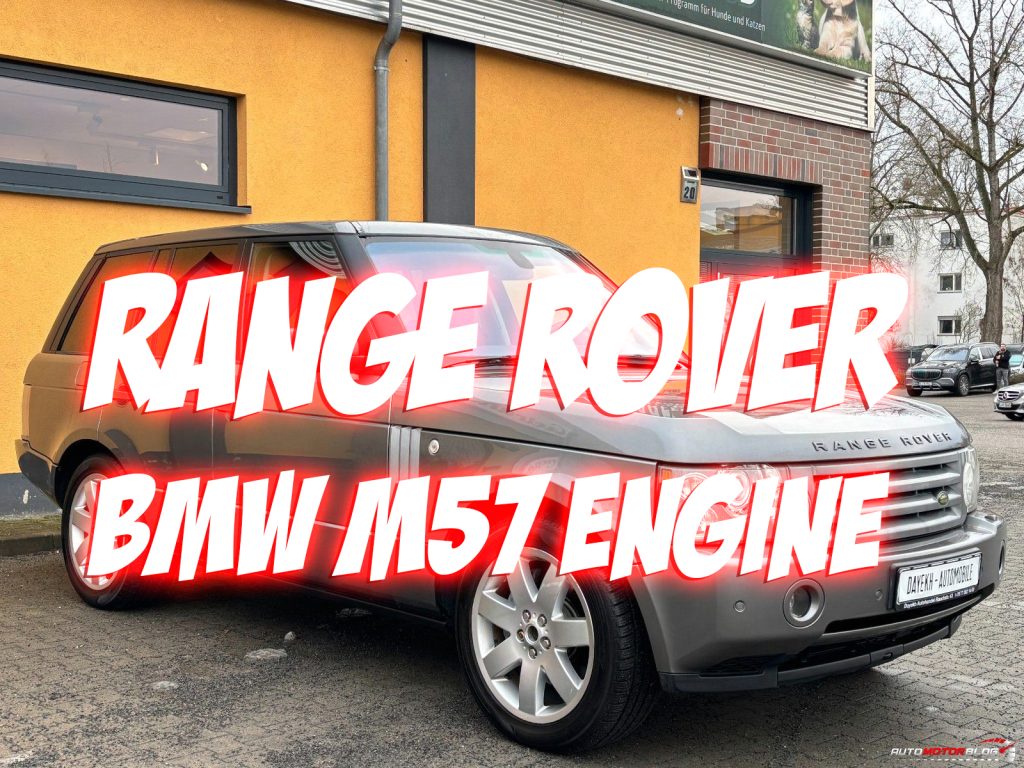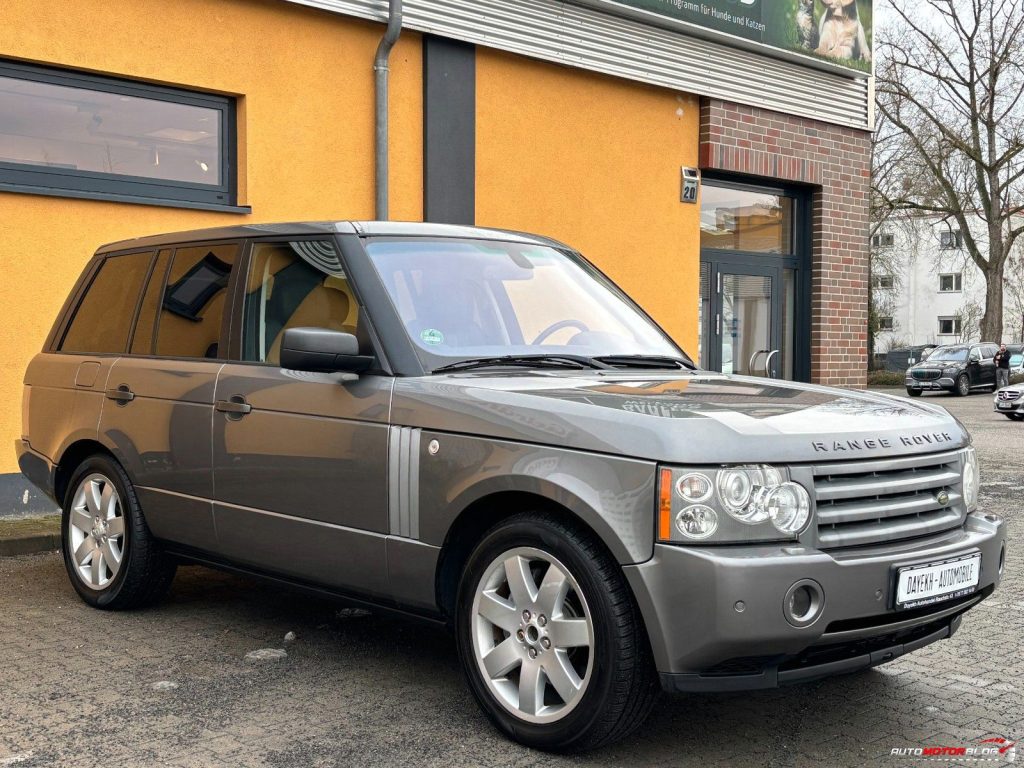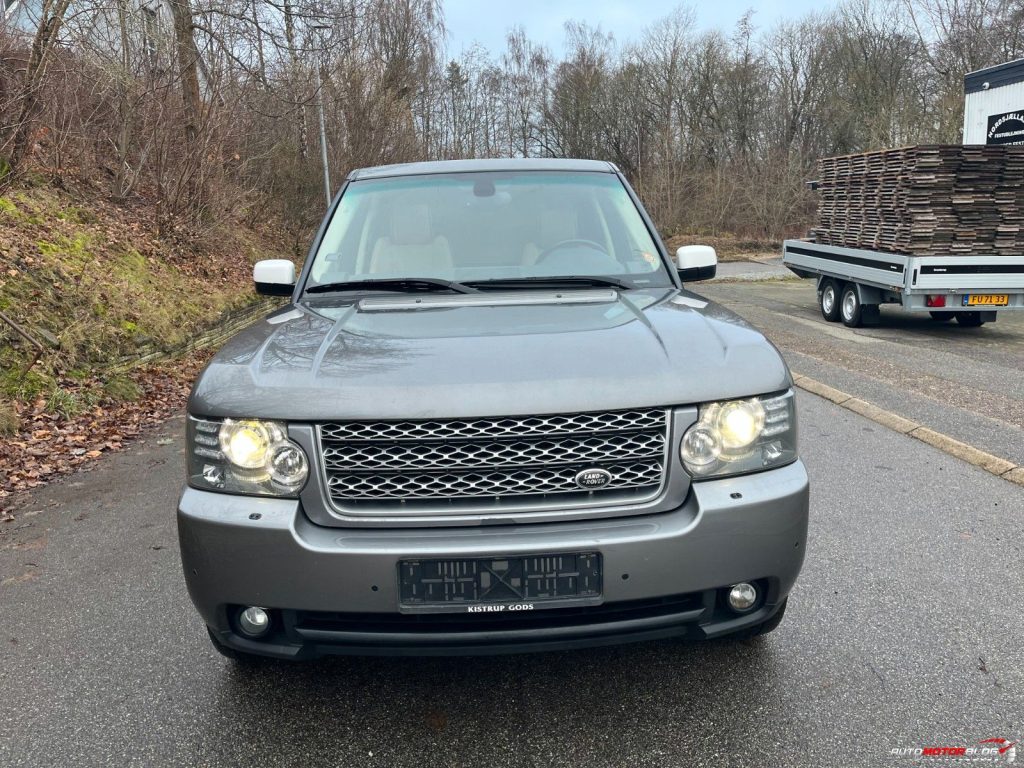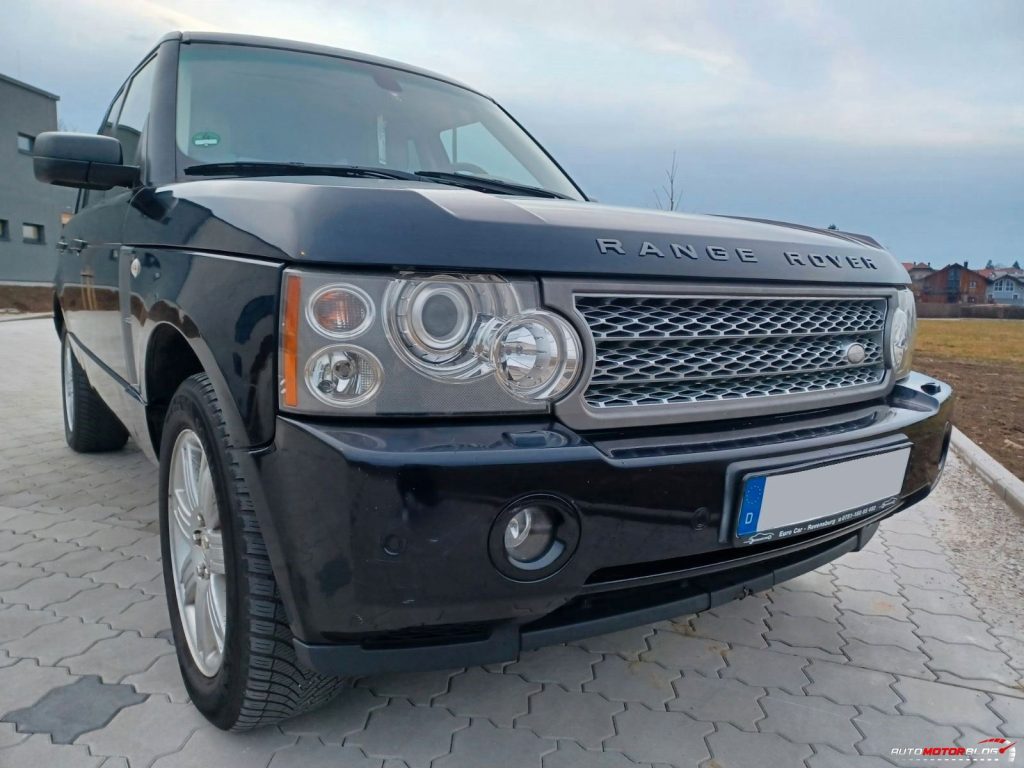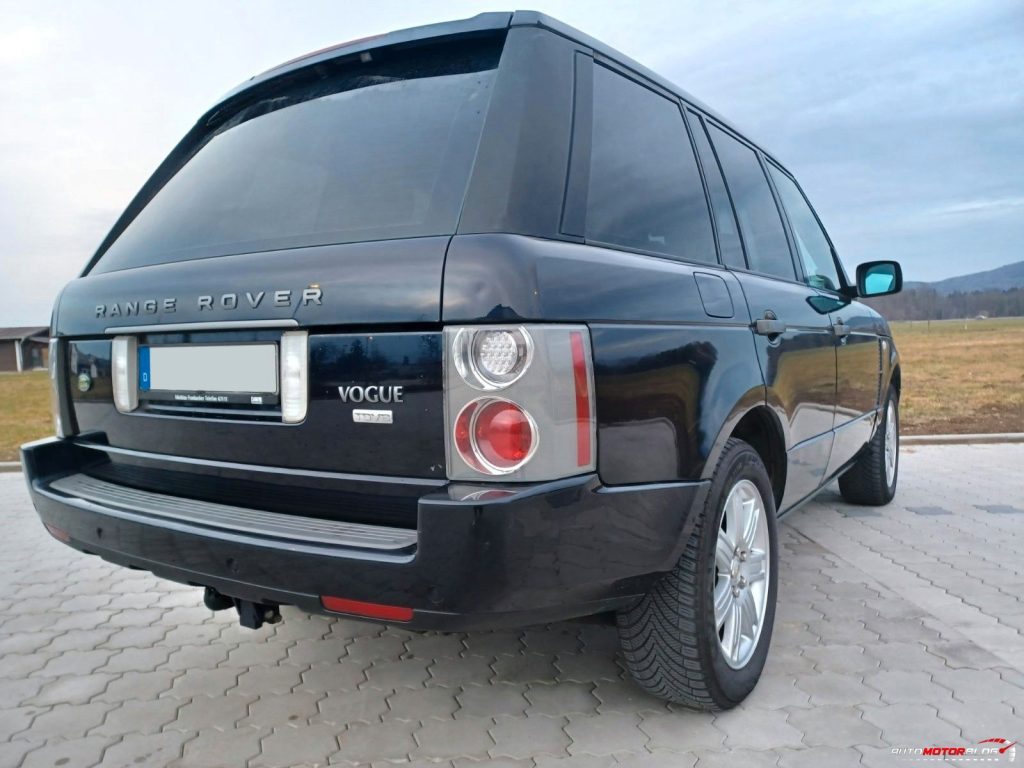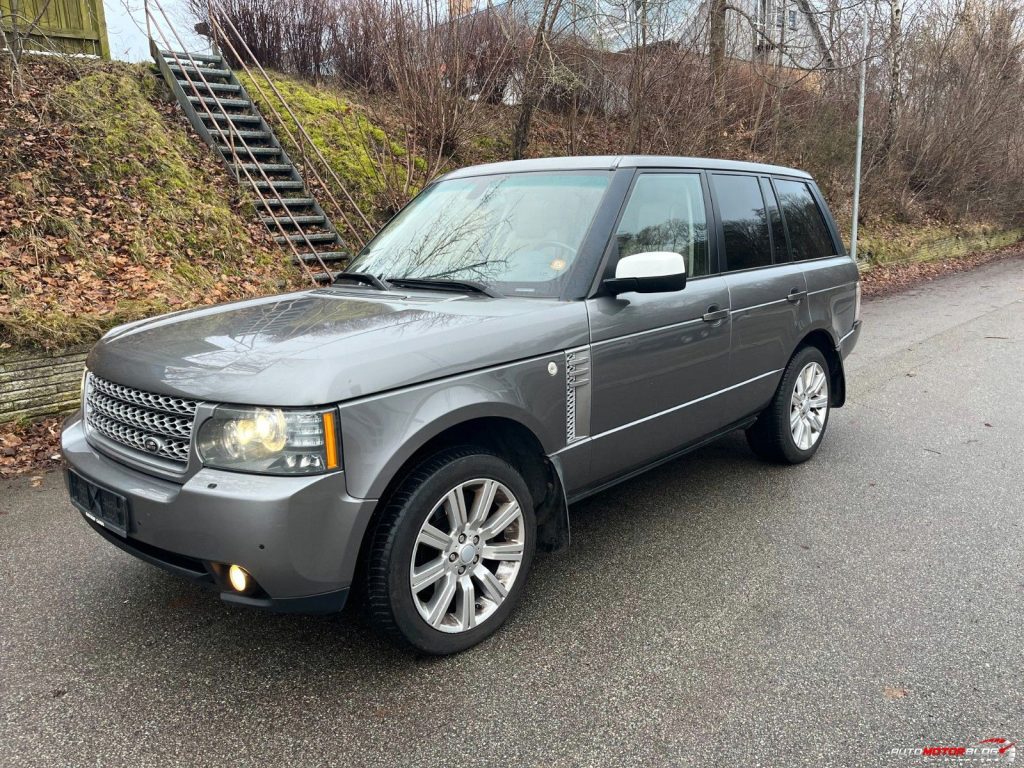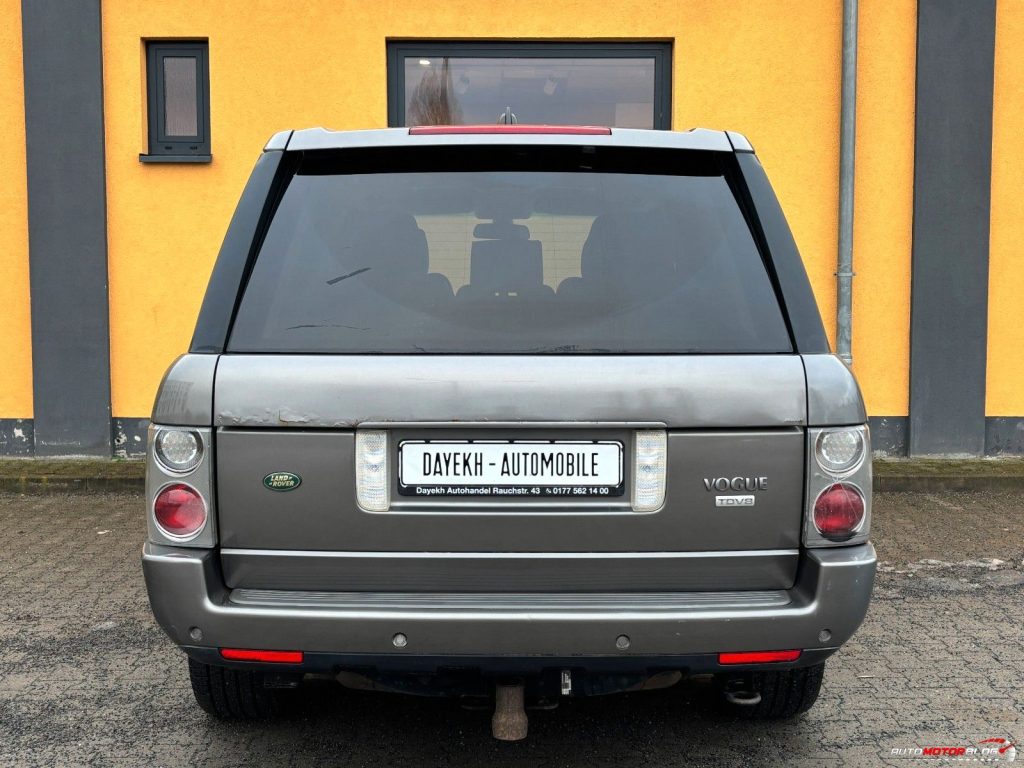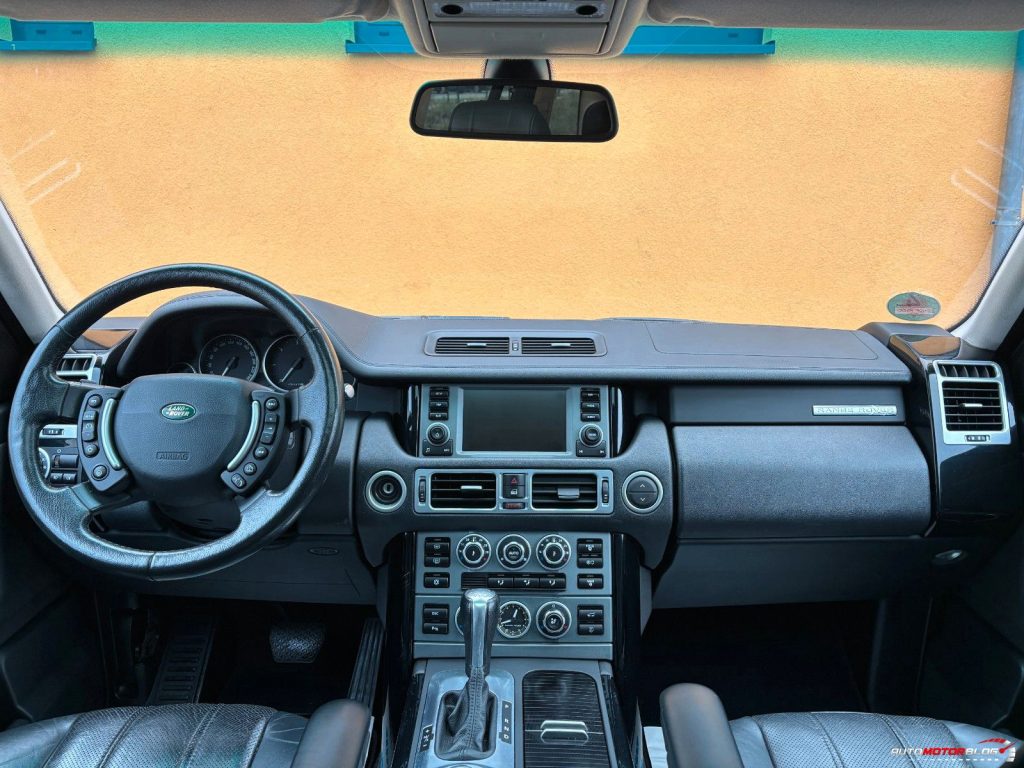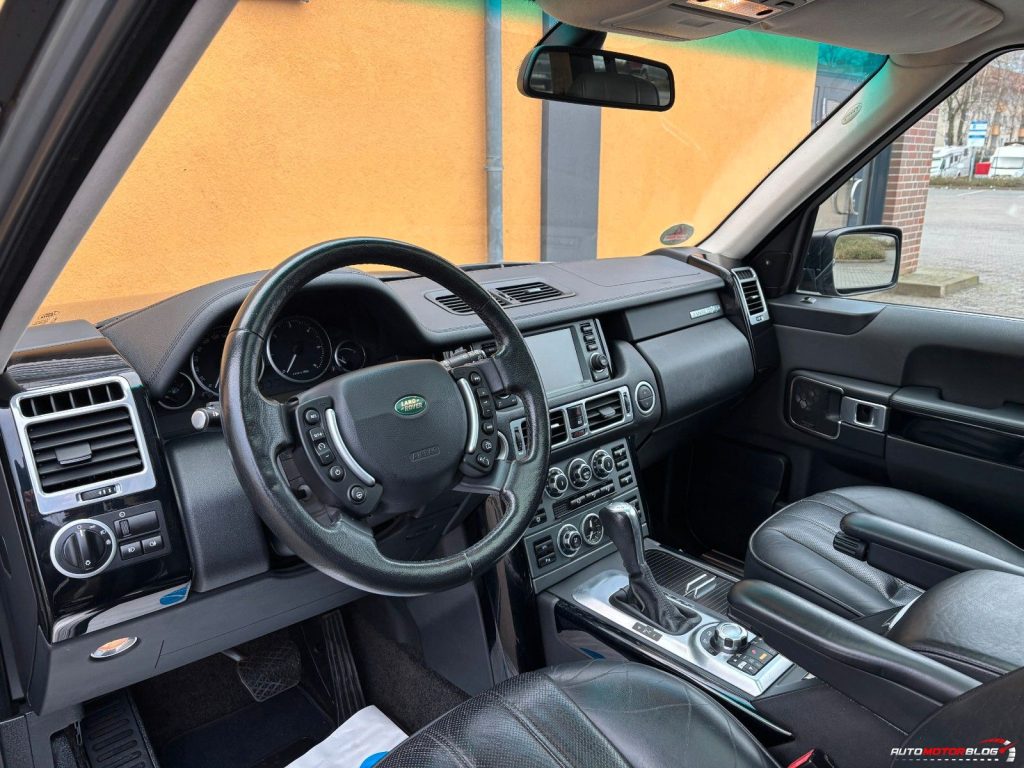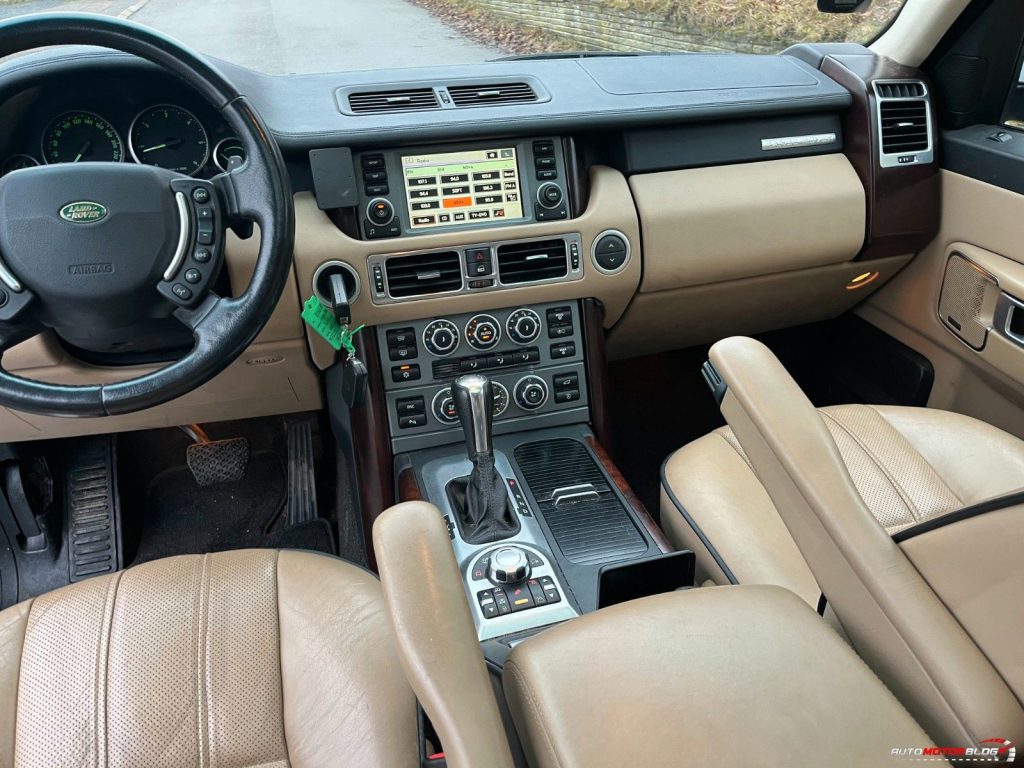Among all luxury SUVs, the Range Rover is among the most recognizable luxury SUVs in the market. This is why the Range Rover forms one of the most luxurious and powerful SUV vehicles recognized around the world today. However, what you probably were not aware of is the fact that for four years, starting in 2002, Range Rover used engines from BMW. Now let me show which models of Range Rover are equipped with BMW engines, what technical characteristics they possess, and what it means for driving.
Brief BMW & Land Rover Partnership Period: 2002 to 2006

For the years between 2002 and 2006, there existed a limited strategic collaboration between Land Rover and BMW, which shifted BMW’s technology into selected Range Rover models. Together, they came up with the production of the L322 and L322 Range Rover Sport models. These were the last generations of the Range Rover before the models based on the LR3 / LR4 platform, and had some differences in design.
Range Rover L322
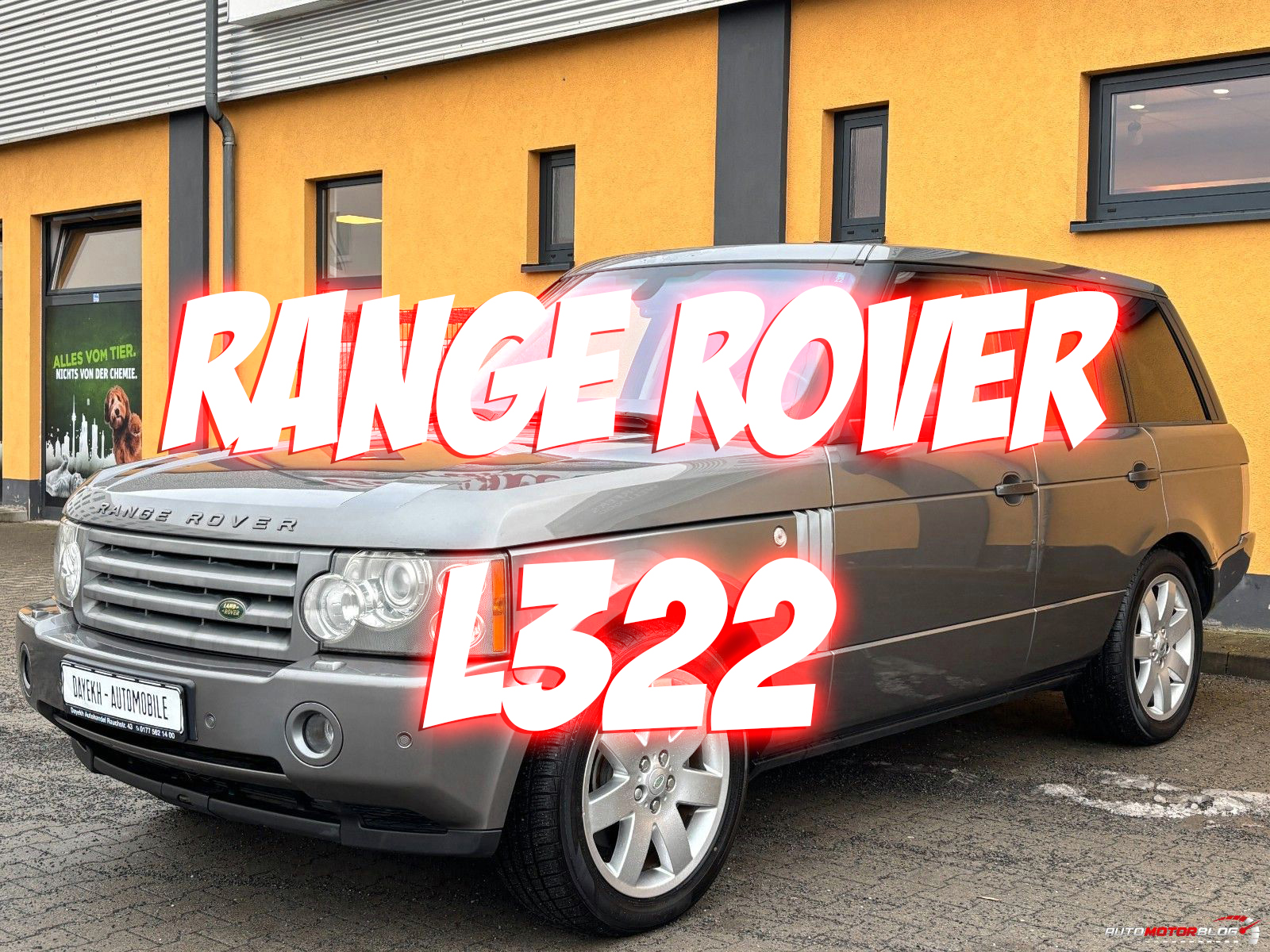
It was the first model to feature BMW engines for this quintessential British car.
The Range Rover models that were fitted with BMW engines comprised the following:
| 3.0 L TD6 | 2002–2006 | 2,926 cc (179 cu in) Inline-6 Turbodiesel (BMW M57) | 177 PS (130 kW; 175 hp) at 4,000 | 390 N⋅m (288 lbf⋅ft) at 2,000 |
| 4.4 L V8 | 2002–2005 | 4,398 cc (268 cu in) DOHC V8 (BMW M62) | 286 PS (210 kW; 282 hp) at 5,400 | 440 N⋅m (325 lbf⋅ft) at 3,600 |
Specs from Wikipedia
BMW Engines in Range Rover
4.4-Liter V8 Engine (BMW M62)
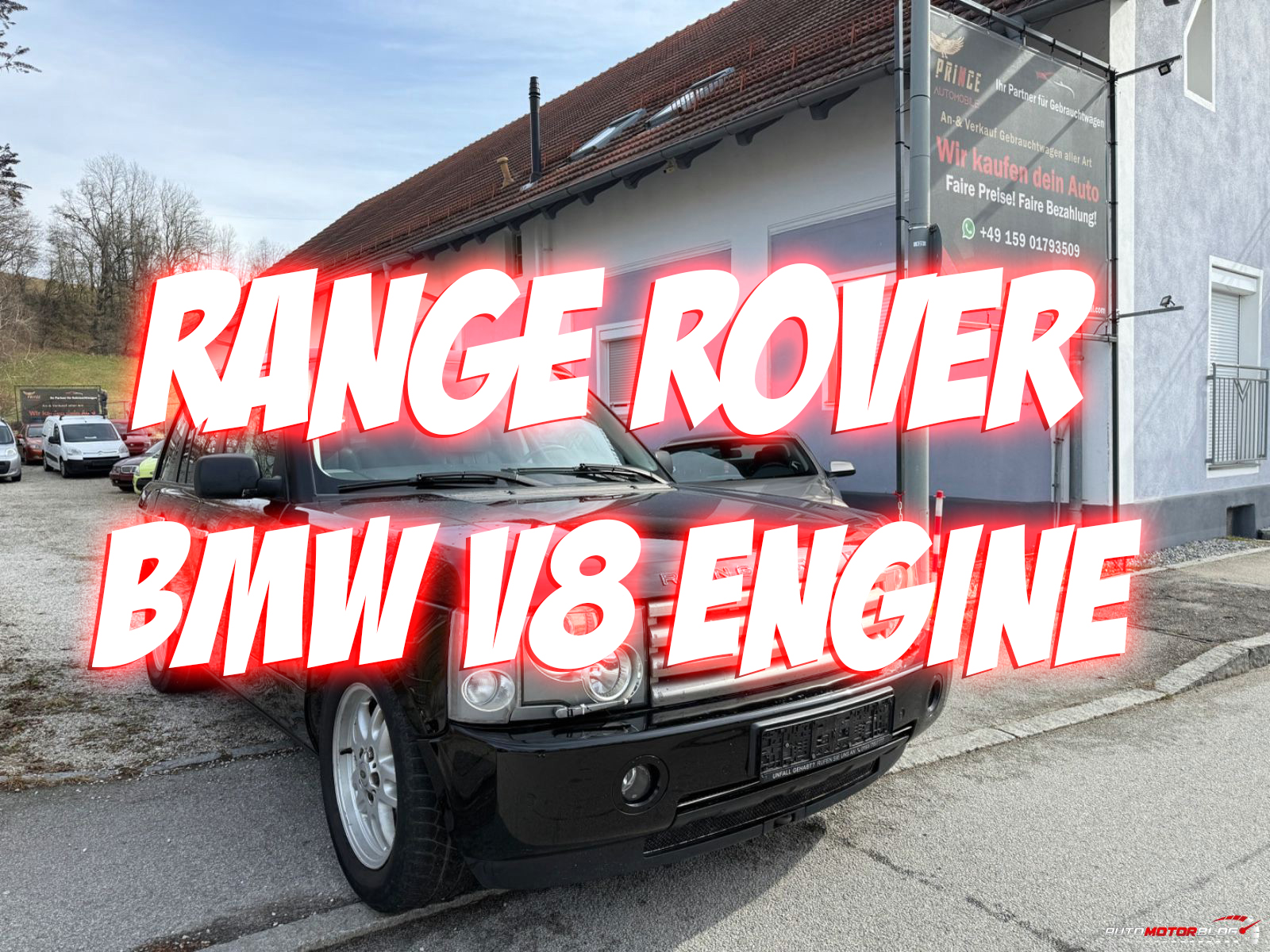
- Horsepower: 282 hp
- Torque: 440 Nm
Performance: Some of the most appreciated by customers and critics for providing a smooth delivery of power but at the same time had a luxurious feeling of handling the car. But what really left an impact on me was how well this V8 engine sits within the Range Rover luxury features. The engine was perfectly located between the sporty and comfortable categories, which would make it suitable for people who wanted the two in one package.
3.0-Liter Inline Six Engine (BMW M57)

- Horsepower: 175 hp
- Torque: 390 Nm
Performance: The 3.0-liter inline-6, which got the internal code of M57 by BMW, was developed for many BMW models. We can enumerate some of them: the 3, 5, and 7 series, along with the X5 and X6 series. It enhances efficiency as well as great performance and reliability for the Range Rover. This engine was ideal for those times when the priority was given to economy and the smoothness of the power over sheer power itself. It was praiseworthy in the sense that it did not lose the essence of being a Range Rover while making it practical for use in our daily lives.
Range Rover Sport L322
The Range Rover Sport, L322, also received the benefits of BMW engineering. It shared the engines with the Range Rover L322 model but had slightly different characteristics due to a more utilitarian body design.
The Engineering Behind the Partnership
The merger between the formation of Land Rover and BMW was seen as such a partnership aimed at improving performance as well as reliability. Both of these companies had a great match of engineering and design, with BMW being known for its performance, while Land Rover was known to have high standards in luxury and capability. As for the engines, the engines of L322 Range Rover models were evidence of this alliance.
Advantages of BMW Engines
Durable: One factor that BMW has not compromised when manufacturing their engines is their durability and reliability. We all know that BMW cars are famous for their engine performance and reliability… Hence these engines enhanced the reliability of the Range Rover automobiles, especially when used in rugged terrains.
Driveability: Of all the aspects of the Range Rover, there was one aspect that stood out, and that was the performance, especially of the V8 model 🙂 – thanks, BMW, for this beast engine! The cornering force was good, and this made the Range Rover enjoyable to drive on both tarmac and off-road.
Refinement: The BMW inline-six engine used in the Range Rover L322 (TD6) gave drivability that was extremely smooth due to the car’s ability to power on smoothly, making it ideal for city use or long-distance traveling.
Personal Opinion
Fortunately, I have tested a Range Rover L322 with a 4.4-liter V8 engine for some time. That is why the driving experience was one thing that could not have been described as anything less than thrilling. The smooth running of this engine, plus the comfort and opulent interior of the Range Rover and its sophisticated features, indeed created a very interesting and worthwhile trip. I was fascinated by how well the BMW engine fitted the Range Rover and enhanced it as far as performance was concerned.
End Note
A short marriage between Land Rover and BMW produced some of the best series of Range Rovers. The brave and powerful L322 series with BMW engines under its hood is the best example of what many can produce when two leading carmakers unite. Such models not only provided the best performance but also supported the Range Rover brand in remaining faithful to both luxury and performance.
Often, as car lovers, people appreciate the peculiarities that can distinguish one model from the other one. The Range Rovers built with the BMW engine can be attributed to being the greatest innovation that combines power, refinement, and luxury.
In summary, the Range Rovers that were equipped with BMW engines from 2002 to 2006 are interesting and can be described as an important chapter in the auto industry. They reveal the scenarios that show the future of how two automakers can pool resources in the betterment of cars and how specific vehicles can deliver luxury comparable to the premium brand. For those who are into car models or love classy automobiles, the Range Rovers with BMW engines should be given credit for the mix of power and style.
Frequently Asked Questions (FAQ)
What Range Rover models have engines derived from BMW?
BMW engines were used in the L322 Range Rover and the L322 Range Rover Sport, made between 2002 and 2006.
Which BMW engines were employed in Range Rovers?
The 4.4-liter V8 petrol engine (282 hp, codename M62) and the 3.0-liter inline-6 diesel engine (175 hp, codename M57) from BMW.
What were the reasons for Land Rover entering into an alliance with BMW?
The broader concept of the partnership was to improve the solidity and overall controllability of Range Rover models to complement BMW engineering.
Were the BMW-engine Range Rovers good off-road?
Yes, the BMW-engineered Range Rovers continued with the off-roadability of the Range Rover due to the engines from BMW and the all-terrain experience of Land Rover.
What was the feeling when using the BMW engines on the road?
The BMW engines and the dynamic design of the models gave one a splendid feel, making the Range Rovers pleasant to drive on the asphalt as well as off it.
Range Rover L322 Photo Gallery

